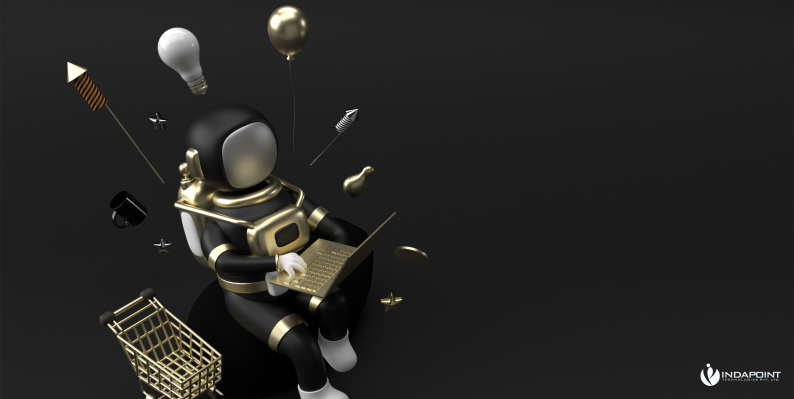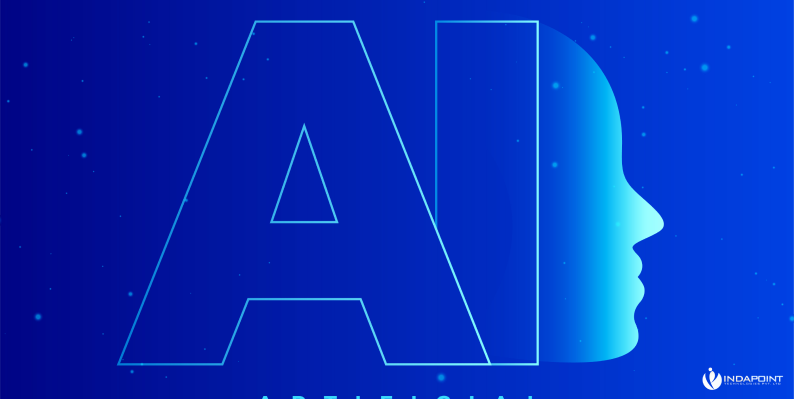From Concept to Click: The AI Edge in Product Visualization
December 12, 2024

AI is revolutionizing the art world, offering tools that enhance creativity through efficiency, accessibility, and exploration. While concerns about originality, copyright, and job displacement persist, AI’s collaborative potential is undeniable. It acts as an assistant, enabling artists to innovate while preserving emotional and cultural depth. From hyper-personalized art to cross-disciplinary collaborations, the future of AI in art is promising.
Art in the Age of AI: Replacement or Collaboration?
The intersection of art and Artificial Intelligence has sparked intense debates among artists, technologists, and cultural commentators. Is AI poised to replace human creativity, or can it serve as a collaborative tool, amplifying artistic potential? The answer lies in understanding the evolving role of AI in the creative landscape and how it transforms the way we approach art.
The Role of AI in Artistic Creation

AI has made significant strides in generating art, from painting and music to literature and film. Tools like DALL-E, MidJourney, and ChatGPT have empowered creators to generate images, scripts, and compositions at an unprecedented speed. These AI systems learn from massive datasets of existing works, enabling them to mimic various artistic styles and even create entirely new ones.
The Advantages of AI in Art
1) Accessibility
AI democratizes art by making tools available to individuals without formal training. Platforms like Canva and RunwayML enable anyone with a vision to create professional-grade visuals or videos.
2) Efficiency
AI speeds up the creative process, allowing artists to focus on refining ideas rather than executing repetitive tasks. For instance, AI can handle background rendering in animations or automate color grading in films.
3) Exploration
Artists can use AI to experiment with styles and mediums they might not have considered. An AI-generated painting can inspire a sculptor, while a machine-learning algorithm might suggest unconventional camera angles for a filmmaker.
Human Creativity vs. AI Innovation
Human creativity is rooted in emotions, experiences, and cultural contexts—elements that AI, despite its sophistication, struggles to replicate. While AI excels at analyzing patterns and producing outputs, it lacks the ability to feel or interpret the human condition. This distinction underscores the potential for collaboration rather than replacement.
The Future of Art and AI

As AI continues to evolve, its role in art will likely expand. Future developments could include:
1) Hyper-Personalized Art
AI could create art tailored to individual preferences, using data from social media, purchase histories, or biometric feedback.
2) Interactive Installations
Artists might use AI to create immersive experiences that adapt in real time to audience reactions.
3) Cross-Disciplinary Collaboration
AI could bridge gaps between disciplines, enabling collaborations between visual artists, musicians, and writers.
Conclusion
The rise of AI in the creative realm is not a story of replacement but one of collaboration. By merging the analytical power of machines with the emotional depth of human creativity, we can unlock new possibilities in art, design, and expression.
At IndaPoint Technologies, we specialize in leveraging cutting-edge AI technologies to enhance creativity and innovation. Whether you’re an artist looking to integrate AI into your process or a business seeking tailored creative solutions, we’re here to help.





